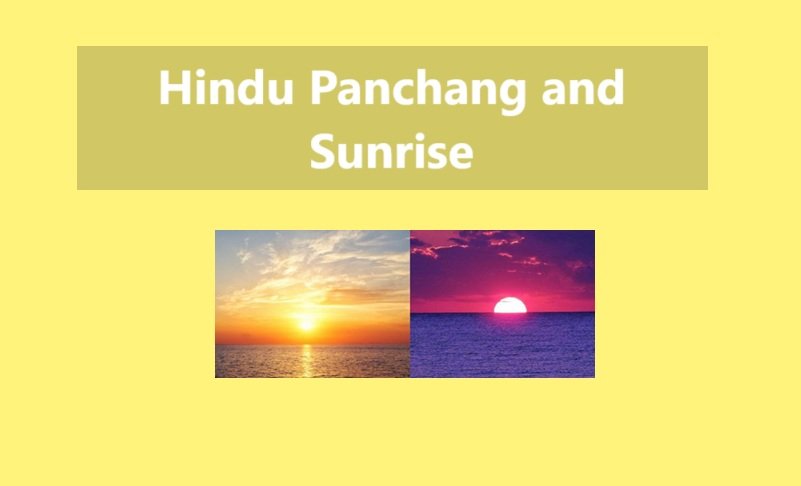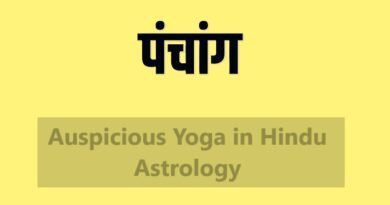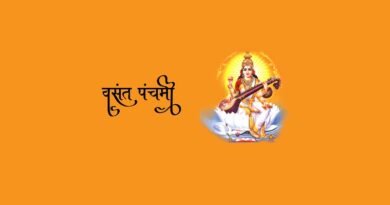Hindu Panchang and Sunrise
The Hindu Panchang, or almanac, plays a crucial role in determining auspicious timings for rituals, festivals, and daily activities. Among the key elements of Panchang, Surya Udaya (Sunrise) holds special significance in marking the beginning of the day and performing religious practices. The concept of sunrise in Hindu traditions is deeply rooted in astronomical and astrological calculations.
Importance of Sunrise in Hindu Traditions
Sunrise marks the beginning of a new day in Hinduism and is a vital reference point for various religious and astrological events. It influences:
- Tithi (Lunar Day): The day’s Tithi is determined based on the sunrise.
- Muhurat (Auspicious Time): Many ceremonies, including weddings, housewarming, and pujas, rely on sunrise timing.
- Daily Rituals: Brahma Muhurta (the pre-dawn period) is considered ideal for meditation and prayers.
- Jyotish (Astrology): The planetary positions at sunrise define an individual’s horoscope and influence daily predictions.
Different Approaches to Sunrise Calculation
There are two major approaches used by Panchang makers to calculate sunrise:
- Upper Edge of the Sun: This considers the moment the upper limb of the Sun becomes visible on the eastern horizon. It is commonly used for astronomical sunrise.
- Middle Limb of the Sun: This approach marks the sunrise when the middle portion of the Sun becomes visible. It is traditionally referred to as Hindu Sunrise.
Debate on Sunrise Calculation
Hindu scholars and Panchang makers often debate which method is more accurate. Most newspapers publish the astronomical sunrise, i.e., the upper limb timing. However, many traditional Hindu scriptures and astrologers prefer using the middle limb timing for religious purposes.
References from Ancient Texts
The debate over sunrise calculation is not new. Ancient texts provide insights into how sunrise should be determined:
Varahamihira in Brihat Samhita:
उदयास्त मनाख्यं हि दर्शनादर्शनं रवेः।
Translation: “Visibility of the Sun’s limb is considered the rising time, and complete invisibility is the setting time.”
Dharmashastras:
रेस्वन्प्रभृत्यथादित्यात मुहूर्तन्त्रयमेवतु।
Translation: “The first three Muhurtas of the day are counted from the first visibility of the Sun’s rays.”
रेखामात्रन्तु दृश्येत रश्मिभिश्च समन्वितं। उदयन्तद्विजानीयात् होमं कूय्यात् विचक्षणः॥
Translation: “When even a portion of the Sun along with its rays is visible, it is to be considered as sunrise, and at that time, oblations (homa) should be performed.”
Modern Research and Panchang Calculation
Modern astronomical studies indicate that using the upper edge of the Sun for sunrise calculation provides more accuracy. Drik Panchang, one of the leading modern Hindu almanacs, follows this method. It also offers both upper limb and middle limb sunrise values for reference.
- Refraction Effects: Atmospheric refraction causes the Sun to appear slightly before it physically rises.
- Elevation Factor: Higher elevations lead to earlier sunrise observations, which can vary sunrise timing by a few minutes.
- Customization: Modern Panchang tools allow users to toggle between upper limb and middle limb sunrise calculations.
Sunrise and Its Role in Festivals
Hindu festivals, fasts, and religious observances are often aligned with sunrise timings:
- Makar Sankranti: The Sun’s transition into Capricorn is marked based on sunrise.
- Chhath Puja: Devotees offer Arghya (water) to the rising Sun.
- Ekadashi & Amavasya: The observance of fasts begins with sunrise.
- Diwali & Navratri: The exact beginning of these festivals is determined based on sunrise and lunar positions.
Conclusion
Sunrise is an essential factor in Hindu Panchang calculations and religious observances. The debate over using the upper limb versus the middle limb continues, but most modern Panchang makers, including Drik Panchang, have adopted the upper limb method for accuracy. With technological advancements, today’s Panchangs offer more precise and customizable sunrise calculations, helping devotees and astrologers make informed decisions for religious and astrological purposes.







